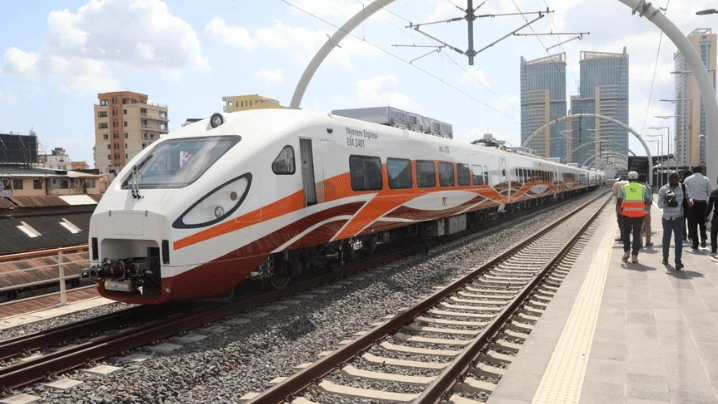Robust exports, tourism drive narrow current account deficit

Bolstered by a robust performance in exports and a thriving tourism sector, Tanzania's external sector has shown significant improvement, according to the latest economic data released by the central bank.
The narrowing of the current account deficit and a healthy increase in foreign exchange reserves signal a strengthening economic outlook for the nation as it moves through the second quarter of 2025.
The current account deficit saw a notable contraction, falling to $2,015.6 million from $2,926.8 million in the corresponding period last year.
This positive development is primarily attributed to the impressive growth in Tanzania's export earnings, which have outpaced the value of goods and services entering the country.
Foreign exchange reserves have also experienced a boost, reaching a comfortable $5,693.2 million by the end of March 2025, a rise from $5,327.1 million in March 2024.
This level of reserves provides a strong buffer for the Tanzanian economy, comfortably covering 4.6 months of projected imports – exceeding both national targets and the benchmarks set by the East African Community.
A key driver of this economic momentum has been the stellar performance of Tanzania's export sector. For the year ending March 2025, exports of goods and services surged by 17.2 percent, reaching $16,506.8 million compared to $14,083.2 million in the same period of 2024.
Leading this growth were strong showings in gold exports, the resurgent tourism industry, increased agricultural output, and expanding transportation services.
Gold continued its reign as a top earner, with exports climbing to $3,772.2 million, up from $3,106.6 million, largely due to favorable global market prices. Traditional agricultural exports also saw significant gains, driven by increased production of key crops like cashew nuts and coffee.
Meanwhile, Tanzania's captivating natural beauty and cultural heritage continued to draw international visitors in increasing numbers. International arrivals soared to 2,148,427, up from 1,919,447 in the previous year, resulting in a substantial increase in travel receipts and contributing significantly to the 8.5 percent rise in overall service receipts, which reached $6,923.3 million.
While the export sector flourished, data also revealed a nuanced shift in the export of manufactured goods, with a noted decrease in fertilizers, cement, and wheat flour. This trend suggests a potential rise in domestic consumption, possibly linked to ongoing infrastructure development and a growing internal market.
Imports of goods and services saw an increase to $17,060.3 million, primarily driven by the need for industrial transport equipment and supplies crucial for the nation's development projects, alongside increased freight payments reflecting the higher trade volumes.
Tanzania's economic outlook appears promising, buoyed by its strong export performance and a vibrant tourism sector. While evolving domestic consumption patterns present new dynamics, the nation's strengthening external position and healthy foreign exchange reserves provide a solid foundation for continued growth and stability in the East African region.
In Zanzibar, the current account balance in the year ending March 2025 grew by 38.3 percent from a surplus of $407.4 million in the corresponding period in 2024. The outturn was largely associated with an increase in exports of services, in particular tourism.
Exports of goods and services during the year ending March 2025 increased to $1,152.8 million from $994.6 million in the corresponding period in 2024, owing to an increase in service exports. Services receipts, in particular from tourism, rose by 20.4 percent to $1,019.5 million, following an increase in tourist arrivals.
The isles, imports of goods and services during the period rose by 2.2 percent to $513.0 million, compared to the year ending March 2024. The increase was mainly recorded in the intermediate and consumer goods categories.
Capital goods imports decreased by 15.4 percent to $60.4 million as most infrastructure development projects, including hospitals, schools, and roads, are nearing completion. Intermediate goods imports declined to $384.5 million, largely due to a decrease in imports of food and beverages for industrial uses.
Top Headlines
© 2025 IPPMEDIA.COM. ALL RIGHTS RESERVED

























